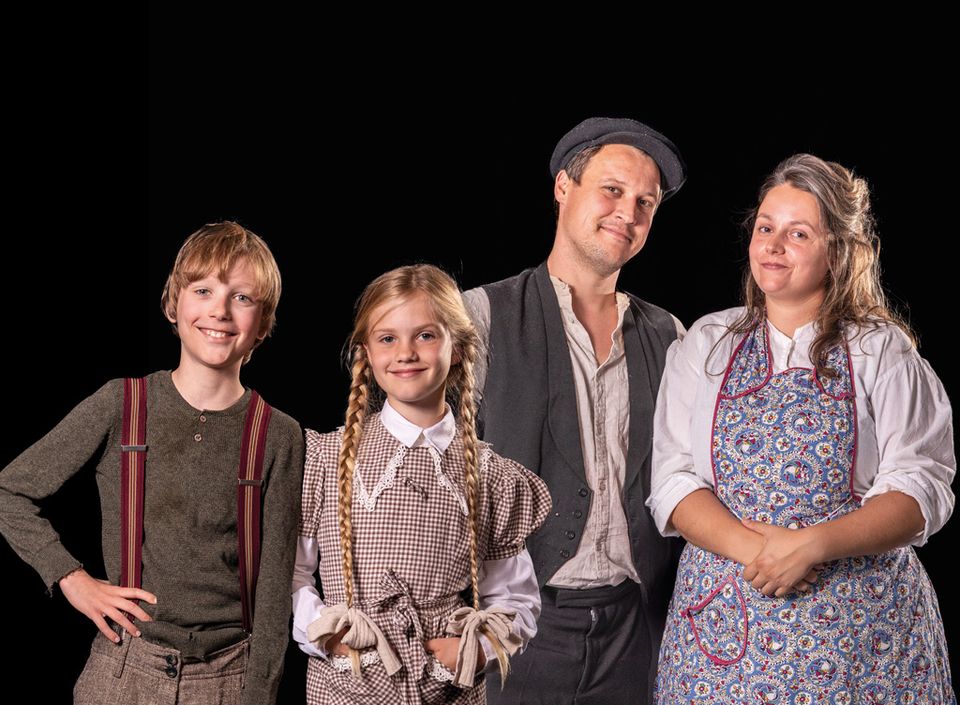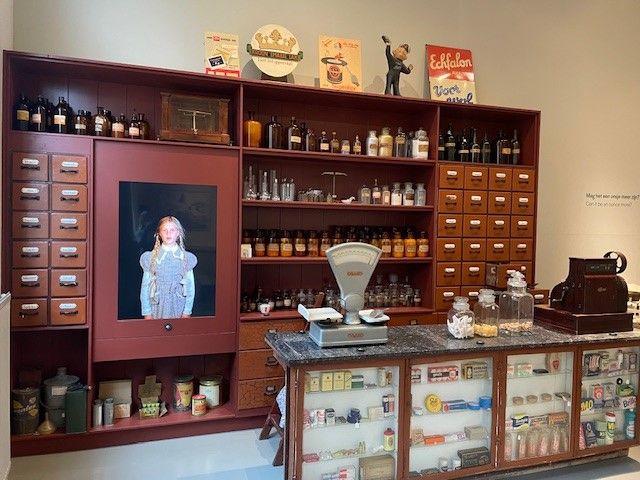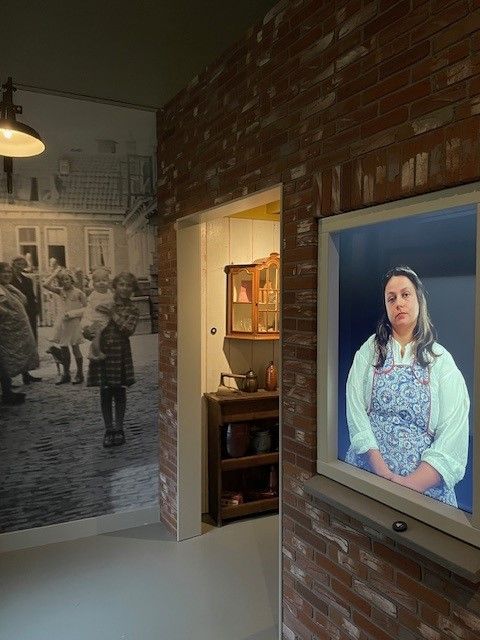Volksbuurtmuseum
Come see, listen, and smell
Discover what it was like to live in the impoverished conditions of a working-class neighborhood around 1920. Step into the life of the De Jong family and judge for yourself if it really was the 'good old days.'
The working-class neighborhood used to be an area where 'the common people' lived, often in small, dilapidated houses. Every city had its working-class neighborhoods. Utrecht had Wijk C, once named so because the French occupiers could not (or would not) pronounce the Dutch names. One hundred years ago, Wijk C was the most densely populated district in Utrecht. Large families lived in small slum houses. The residents lived mostly outside. Everyone had to work very hard for a few cents, and there was a lot of poverty. But there was also a lot of camaraderie and solidarity.
Al…
Come see, listen, and smell
Discover what it was like to live in the impoverished conditions of a working-class neighborhood around 1920. Step into the life of the De Jong family and judge for yourself if it really was the 'good old days.'
The working-class neighborhood used to be an area where 'the common people' lived, often in small, dilapidated houses. Every city had its working-class neighborhoods. Utrecht had Wijk C, once named so because the French occupiers could not (or would not) pronounce the Dutch names. One hundred years ago, Wijk C was the most densely populated district in Utrecht. Large families lived in small slum houses. The residents lived mostly outside. Everyone had to work very hard for a few cents, and there was a lot of poverty. But there was also a lot of camaraderie and solidarity.
Although Wijk C is still the only district in Utrecht referred to by a letter, the neighborhood has changed significantly over time. We still live close to each other, and there are still various challenges in living together. In the museum, residents of Utrecht share their views on themes that play a role in the working-class neighborhood and are still relevant today.
The working-class neighborhood of 100 years ago no longer exists, but it has resulted in the Volksbuurtmuseum on this site.
Opening hours:
Tuesday to Sunday from 11:00 AM to 5:00 PM
Tickets and prices:
Adults € 7.50
Children 6 to 12 years € 3.00
Children 0 to 5 years free
Museum card free
U-pas valid
For more information about the museum, see: volksbuurtmuseum.nl/a-english
Openingtimes
- Every monday closed
- Every tuesday from 11:00 to 17:00
- Every wednesday from 11:00 to 17:00
- Every thursday from 11:00 to 17:00
- Every friday from 11:00 to 17:00
- Every saturday from 11:00 to 17:00
- Every sunday from 11:00 to 17:00



